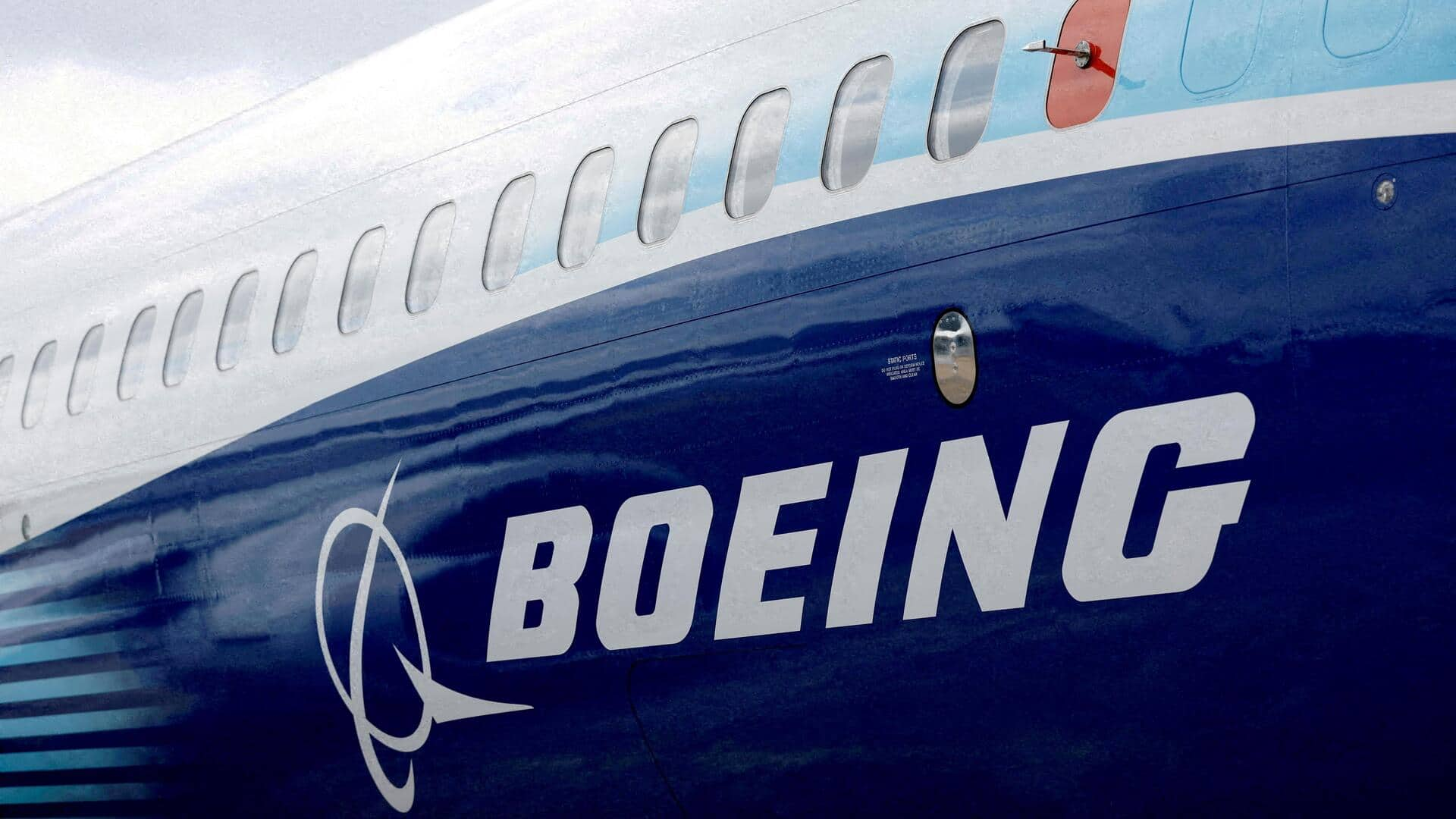
DGCA seeks explanation from Boeing for uncommanded RAT deployment
What's the story
India's aviation regulator, the Directorate General of Civil Aviation (DGCA), has sought an explanation from Boeing over the uncommanded deployment of the Ram Air Turbine (RAT) on Air India flight AI-117. The incident occurred at Birmingham earlier this month. The DGCA has also advised Air India to reinspect RAT stowage on all the affected aircraft, especially those with recently replaced power conditioning modules (PCMs).
Information request
Comprehensive report sought from Boeing
A senior DGCA official said, "Boeing has been requested to submit a comprehensive report outlining the preventive measures to be implemented in respect of the uncommanded RAT deployment incident." The report should include global data on similar incidents reported in the Boeing 787 fleet, and details of any service difficulty reports from operators worldwide following PCM changes.
Inspection directive
Air India also directed to review 'D' check work package
The DGCA has also directed Air India to review the "D" Check work package. This is to ensure that all necessary actions related to the replacement of the PCM module have been properly implemented. The regulator has also said it will reinspect RAT stowage on all Boeing 787 aircraft where the PCM module was replaced recently.
Flight safety
Incident took place on October 4
The incident in question took place on October 4, when Air India flight AI-117, a Boeing 787-8 (VT-ANO) flying from Amritsar to Birmingham, saw the unexpected deployment of its RAT at an altitude of 400 feet during landing. The pilots reported no issues and landed safely. Boeing has since said that maintenance actions for this uncommanded RAT deployment were carried out with no discrepancies observed.
Ongoing probe
Investigation still ongoing
The DGCA's investigation into this incident is still ongoing. The aim is to determine what caused the uncommanded RAT deployment and make sure that necessary measures are taken to prevent such incidents in the future. The RAT is an important safety device that deploys in emergencies, like electrical or hydraulic failures, providing backup power.